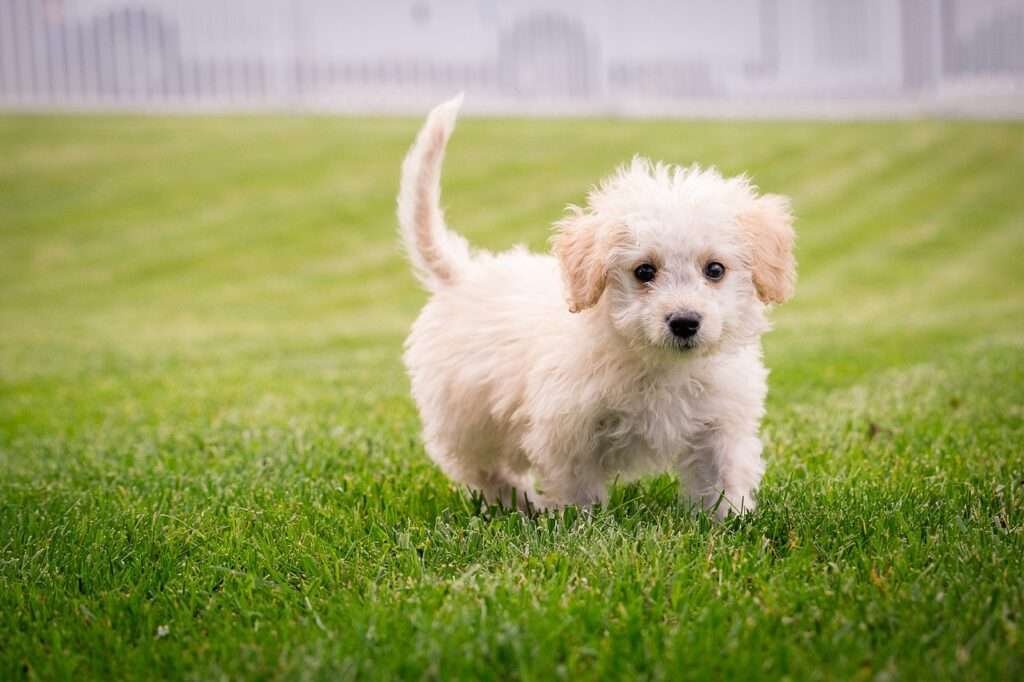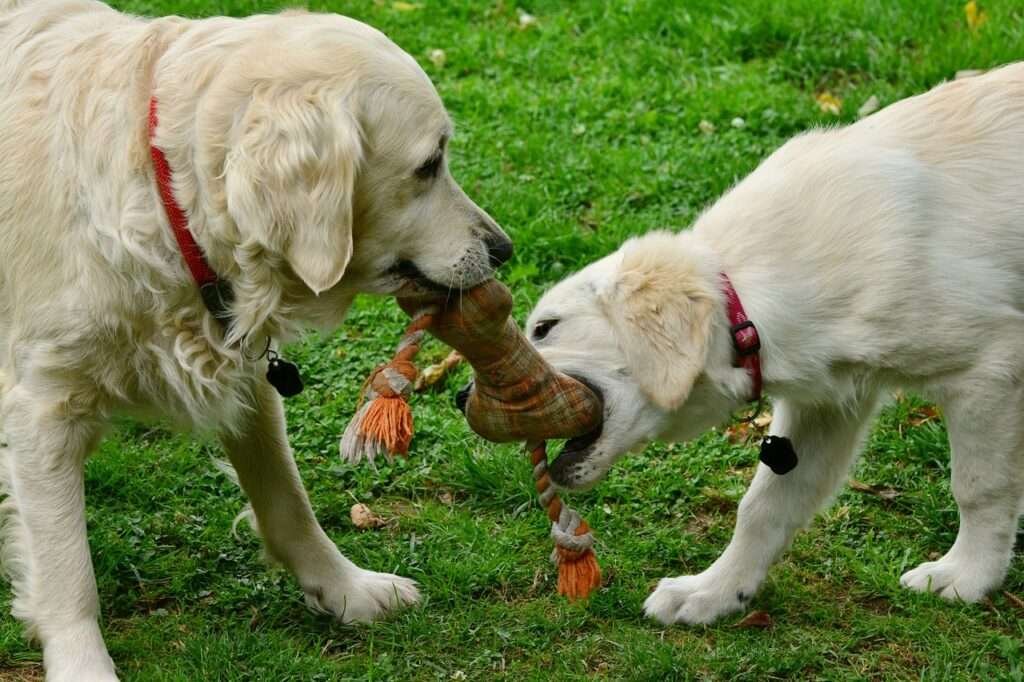Dogs are awesome pets and they are man’s best friend. One of the best things about having a pet dog is giving them the right training. The quality that makes dogs different from other pets is their loyalty. What can be better than your dog listening to your commands? It will enhance the bond between you and your furry friend and also ensure their safety and well-being. Whether you have a new puppy or an older dog, teaching essential commands is crucial. If you’re new to having a dog or want to improve your training abilities, keep reading to learn all you need to know about teaching your dog these important basics.
Starting with the basics is key. Once your dog learns the basics, you can move on to more advanced commands as they get more used to the training.
Table of Contents
ToggleWhy training is important?
Before diving into the specific commands, it’s essential to understand why training is so important. I personally trained my dog and also gave basic training to some of my friend’s dogs, and I realized that one of the best successes of pet parenting is to have a trained dog. A dog that hasn’t been trained might chew things, pee everywhere, or make a mess. Untrained dogs might get scared or act aggressively around strangers or other animals. This can be dangerous for everyone involved. If an untrained dog causes harm to someone or damages property, it can lead to legal problems for you as the owner. Nobody wants that headache!
Some steps before training your new partner
The first thing you need to prioritize is getting to know your new puppy, and also don’t worry if your puppy doesn’t seem to know what you’re asking of them just yet; you’re in the very beginning stages of building your communication. Gradually, there will be a bond between you and your dog soon. So the very first thing is to build motivation because it’s very hard to train a dog that doesn’t work with you. Make sure to put treats at the top of your shopping list for your new puppy. Dogs love food, so giving them a yummy treat each time they do a trick will help them learn faster.

Top 10 Essential Dog Training Commands
1.Come
I personally think this is the first thing your dog needs to learn. The “Come” command is crucial for getting your dog’s attention and keeping them safe in different situations. You can use it when your dog is off the leash and you want them to come to you, or if they’re about to do something risky.
How to Teach It:
Put a leash and collar on your dog. Get down to their level and say “come” while gently pulling on the leash. When they come to you, reward them with a treat and affection. Practice this command in various environments and with increasing distractions. If every time you call your dog it’s a good experience, it can really strengthen your bond and make them want to come to you more. The trick to teaching a strong recall is to be more exciting and important to your pup than anything else around them. Use high-value treats to make coming to you more appealing. Once your dog comes to you, make sure to praise them and give them their desired treat. With regular practice, your dog will learn to obey the “come” command even when they’re not on a leash.

2.Name Recognition
Teaching your dog to recognize and respond to its name is fundamental for all other training. This means your dog responds to its name by looking at you or coming to you. Every dog should recognize and respond eagerly to their name by giving you their attention and making eye contact. This makes the dog more obedient to you as it will respond to its call and this is something that should not be missed to teach. It helps in getting your dog’s attention before giving any other commands and is a key part of a strong, positive relationship with your pet.
How to Teach It:
Start in a quiet place with minimal distractions. Say your dog’s name in a cheerful, clear voice. When your dog looks at you, immediately give a treat and praise. When your dog looks at you, immediately give a treat and praise.

3.Lay Down
Teaching your dog to “Lay down” might take some effort, but it’s a valuable command. It not only looks adorable but also helps when your dog gets too excited. This makes the dog look more disciplined, and if your dog gets very excited and annoys your guest or friend, then you can easily calm your dog. People will appreciate your dog if this command is learned properly.
How to Teach It:
Hold a treat in your hand close to your dog’s nose. Move your hand to the floor, allowing their body to follow. Slide your hand along the ground in front of them to encourage their body to go down. Be patient and consistent, as this can be a more challenging command to teach. Reward immediately once they are in the correct position.

4. Potty
Teaching your dog to go potty in the right place is super important and should be one of the first things you do. It’s also pretty simple if you’re patient and do it properly. Potty training teaches your dog where it’s appropriate to relieve themselves, preventing accidents indoors and promoting good hygiene.
How to Teach It:
Establish a regular schedule for feeding and bathroom breaks. Take your dog outside to the designated potty area after meals, waking up, and playtime. Use verbal cues such as “go potty” to associate the action with the desired behavior. Reward your dog with treats and praise immediately after they eliminate in the correct spot. If accidents occur, clean up indoors using an enzyme-based cleaner to remove odors and discourage repeat accidents and don’t punish your dog for accidents, as it can create fear and confusion. Be patient and consistent, as accidents are a normal part of the learning process.

5. Keep Quiet
Teaching your dog to be quiet on command can help prevent nuisance barking. Teaching it is important for your peace of mind in public and at home.
How to Teach It:
To teach “quiet,” encourage your dog to “speak,” then firmly say “quiet” when they bark. If your dog remains quiet for a few seconds after the command, reward them with a treat and praise. If your dog remains quiet for a few seconds after the command, reward them with a treat and praise. Consistently reinforce the quiet behavior with rewards whenever your dog responds appropriately. Practice this several times a day until they understand. Be patient and avoid yelling or harsh punishments, as this can increase anxiety and exacerbate barking.

6. Stay
This teaches your dog stays in one place until you say it’s okay to move. When you tell your dog to “stay,” it means “stay here until I say you can move.” A well-trained dog will stay put, even if you’re out of sight or they see a squirrel. This also helps keep your dog safe in potentially dangerous situations. If your dog knows how to stay on cue, you can effectively manage their behavior both in public and at home.
How to Teach It:
Start with your dog sitting. Open your palm in front of you and say “Stay.” Take a few steps back. If your dog stays, return and reward it. Gradually increase the distance.

7. No
Your dog needs to know about right and wrong. If you say “No,” then it needs to understand that you are forbidding it to do something. It is very important because your dog stops whatever it is doing immediately. Teaching your dog the “No” command is crucial for maintaining good behavior and preventing harmful or destructive actions. It helps set boundaries and makes it easier for your dog to understand what is and isn’t acceptable.
How to Teach It:
Catch your dog in the act of doing something you want to stop (like chewing on furniture). Firmly say “No” in a clear, authoritative voice. Redirect your dog to a more appropriate behavior (like giving it a chew toy) and praise it when it complies. Be consistent and use the command every time the unwanted behavior occurs.

8. Let go
Teaching your dog to “let go” can be very helpful. For example, if your dog grabs something dangerous or needs to drop something to follow another command, this skill is essential.
How to Teach It:
It’s easy to teach: start by giving your dog a toy or treat to hold. Hold a treat close to their nose and say “let go” or “release.” When they open their mouth to take the treat, gently take the toy or object and give them the treat. Immediately praise your dog and offer positive reinforcement. Repeat the process until your dog consistently releases the object on command. With practice and rewards, your dog will learn to obey the “let go” command every time.

9. Stand
Teaching your dog to stand on command can be very useful, especially in situations where standing is required, like brushing them or during a vet examination. This makes it easier to handle and care for your dog in these situations.
How to Teach It:
Start with your dog in a sitting or lying down position. Hold a treat close to your dog’s nose. Move your hand parallel to the ground, away from their nose, encouraging them to rise to a standing position. As soon as your dog stands, say “stand” and give them the treat along with praise. Practice the command in short, frequent sessions to reinforce the behavior.

10. Leash
No matter the size of your pup, they’ll get tangled in their leash at some point. When walking this happens frequently and can be awkward to undo if your dog isn’t trained for it.
How to Teach It.
To teach them to step over their leash, wrap it around their front paw. Then slowly make the loop larger and pull it towards you. Your dog will lift their paw and when the leash comes off, give them a leash and say “leash” energetically. Repeat this frequently.
Tips for Effective Training
Consistency: Ensure all family members use the same commands and reward systems.
Positive Reinforcement: Use treats, praise, and affection to reinforce good behavior.
Patience: Training takes time and repetition. Be patient and persistent.
Short Sessions: Keep training sessions short and frequent to maintain your dog’s attention.
Gradual Progression: Start with minimal distractions and gradually increase difficulty.
Fun and Engagement: Make training enjoyable for both you and your dog to foster a positive learning environment.
Advanced Training and Continued Education
Training your dog not to bite requires patience and consistency. Stay patient and consistent and your efforts will pay off in the long run. Once your dog has mastered these essential commands, consider advancing their training with more complex tasks or specialized training like agility, search and rescue, or therapy work. Continuing education keeps your dog mentally stimulated and can be a fun and rewarding way to spend time together.



